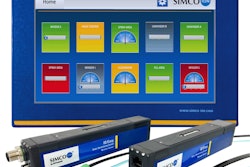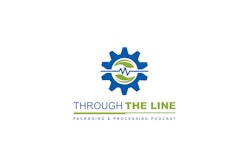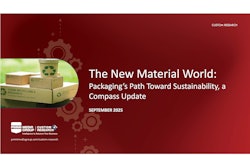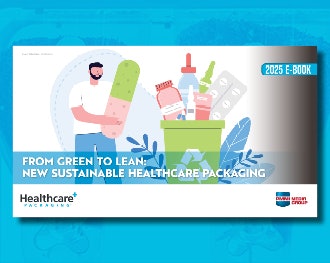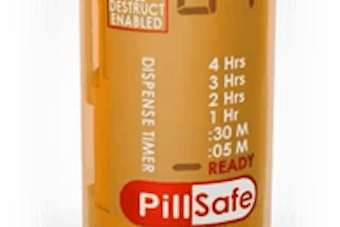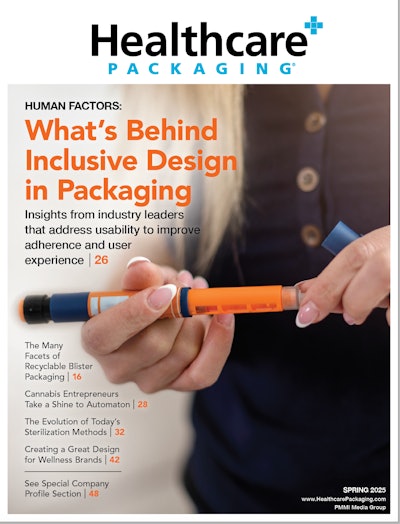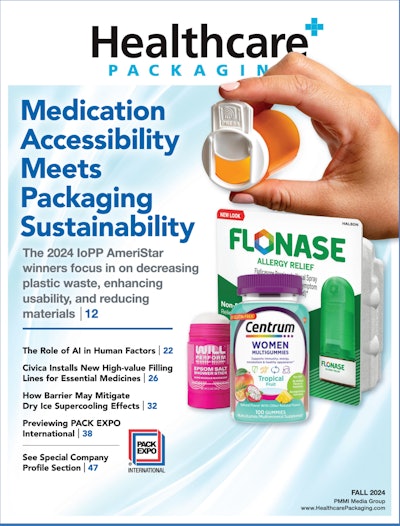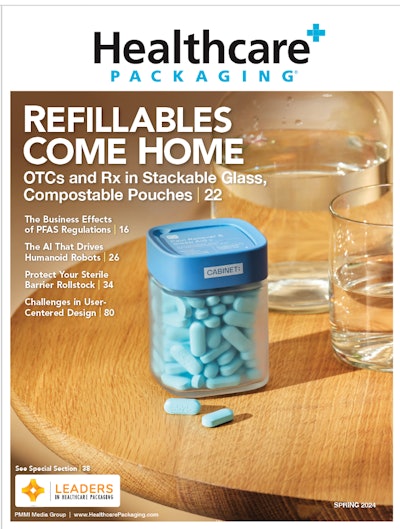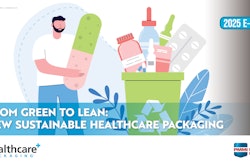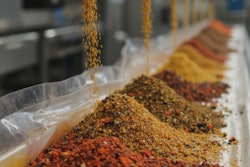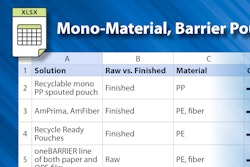However, equally as important to consider are the many changes to standard operating procedures and workflows involved in that line’s operation. Here are a few key considerations:
1. Technician and operator training and SOPs. Because serialization involves additional equipment, typically coding, and inspection and reject stations, mechanics and technicians will need new skills to monitor, maintain, and fix the new equipment that they didn’t have before. The operators will need new training as well. What will success and failure look like, and how will they manage it? What happens when a printer breaks? What happens with rejected product—is it discarded, or opened up and poured back into the hopper? Developing draft SOPs for your pilot may help test the new procedures and facilitate the pilot process.
2. Quality assurance SOPs. Ensure that any unaggregated numbers (due to QA inspections) are de-commissioned at the end of a packaging run.
3. Correcting line issues and machinery jams. Ideally the serialization system should allow an operator to easily correct an issue on the line without having to do a lot of manual processing. This may require companies to revisit the flow of product on a line in order to minimize the possibility of compromising any aggregation points.
While manual overrides aren’t desirable, they must be in place so packaging can continue if equipment goes down. Any time an operator has to manually pack and label a case, the system solution should have checks and balances so operations—including aggregation—can be completed when there is a problem or discrepancy.
On the line itself, machines need to be able to signal the line serialization software when a jam occurs, in such a way that the serialization system knows which particular packages are affected by that jam. Similarly, when the jam is cleared, there needs to be a way for the serialization software to recognize those packages that are being reintroduced back into the infeed of the cleared machine.
4. Reject handling and rework. Obviously any kind of reject handling is closely tied to the inspection portion of any line serialization system. The software should automatically de-commission the serial numbers on rejected product at the end of packaging by decommissioning all serial numbers that were not aggregated into cases. The software also needs to detect if someone picks product out of the reject bin and reintroduces it onto the line if aggregation is tracked before case packing. Some companies are looking at lockable bins.
If you don’t have room to expand your packaging line to accommodate a reject station, you’ll need to figure out what kind of alarm or alert to use to signal plant personnel. At the software level, new reason codes may need to be introduced to represent illegible or incorrect serial number codes and barcode symbols in addition to lot and expiration printing.
There must be processes in place to address physical changes in the packaged product. Removing additional samples, replacing damaged packaging, replacing damaged labels, or changing shipping configuration all require an update of the data to match the physical world. Rework stations may need to be placed closer to the line as well. For security reasons, you may want to consider decommissioning these unused numbers.
5. Reconciliation procedures. When a run is completed, end-of-lot reconciliation should verify that the product in the physical world matches the stored data. Systems should provide reconciliation reports prior to ending the packaging lot, giving operators visibility to the commissioned, decommissioned, packed, and orphaned products. This allows operators to verify the physical product against the recorded data, ensuring that what was produced was not inadvertently modified through manual intervention. Maintaining the data integrity for offline use cases is important.
6. Additional procedural controls and SOPs. You will find there is a need to devise additional procedural controls such as a process to follow after an in-process aggregation error occurs, such as when an incorrect package is added to a case.
Liked this article? Download the entire playbook here.






